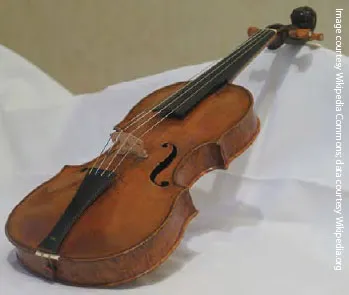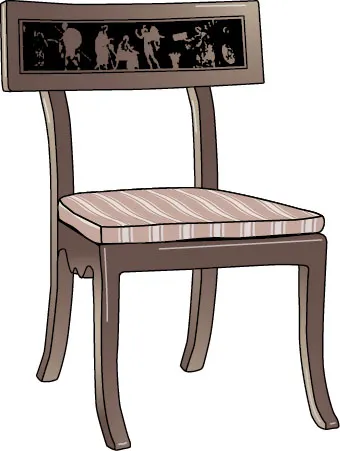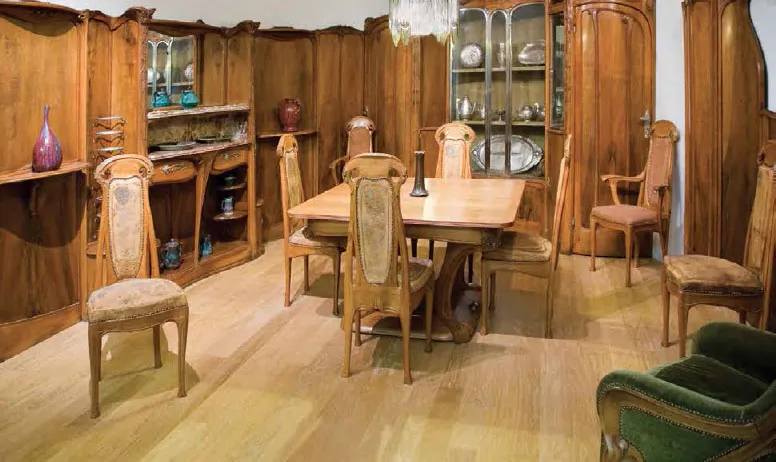
eBook - ePub
Woodworker's Guide to Bending Wood
Techniques, Projects, and Expert Advice for Fine Woodworking
Jonathan Benson
This is a test
Partager le livre
- 250 pages
- English
- ePUB (adapté aux mobiles)
- Disponible sur iOS et Android
eBook - ePub
Woodworker's Guide to Bending Wood
Techniques, Projects, and Expert Advice for Fine Woodworking
Jonathan Benson
Détails du livre
Aperçu du livre
Table des matières
Citations
À propos de ce livre
The art of bending wood confounds most woodworkers, yet it is surprisingly easy to do with the four basic methods in this complete guide. The techniques are presented in step-by-step photo sequences that leave nothing to the imagination and show woodworkers exactly how it's done: bending green wood or twigs, bending with heat or steam, and bending panels or laminations. There are seven step-by-step projects presented, including shaker boxes, a bow for an arrow, a rustic chair, the sides of a guitar, and bent panels used for tables and pedestals. All the necessary tools and equipment are discussed with an eye to budget and practicality, making this appeal to both amateur and professionals of all skill levels.
Foire aux questions
Comment puis-je résilier mon abonnement ?
Il vous suffit de vous rendre dans la section compte dans paramètres et de cliquer sur « Résilier l’abonnement ». C’est aussi simple que cela ! Une fois que vous aurez résilié votre abonnement, il restera actif pour le reste de la période pour laquelle vous avez payé. Découvrez-en plus ici.
Puis-je / comment puis-je télécharger des livres ?
Pour le moment, tous nos livres en format ePub adaptés aux mobiles peuvent être téléchargés via l’application. La plupart de nos PDF sont également disponibles en téléchargement et les autres seront téléchargeables très prochainement. Découvrez-en plus ici.
Quelle est la différence entre les formules tarifaires ?
Les deux abonnements vous donnent un accès complet à la bibliothèque et à toutes les fonctionnalités de Perlego. Les seules différences sont les tarifs ainsi que la période d’abonnement : avec l’abonnement annuel, vous économiserez environ 30 % par rapport à 12 mois d’abonnement mensuel.
Qu’est-ce que Perlego ?
Nous sommes un service d’abonnement à des ouvrages universitaires en ligne, où vous pouvez accéder à toute une bibliothèque pour un prix inférieur à celui d’un seul livre par mois. Avec plus d’un million de livres sur plus de 1 000 sujets, nous avons ce qu’il vous faut ! Découvrez-en plus ici.
Prenez-vous en charge la synthèse vocale ?
Recherchez le symbole Écouter sur votre prochain livre pour voir si vous pouvez l’écouter. L’outil Écouter lit le texte à haute voix pour vous, en surlignant le passage qui est en cours de lecture. Vous pouvez le mettre sur pause, l’accélérer ou le ralentir. Découvrez-en plus ici.
Est-ce que Woodworker's Guide to Bending Wood est un PDF/ePUB en ligne ?
Oui, vous pouvez accéder à Woodworker's Guide to Bending Wood par Jonathan Benson en format PDF et/ou ePUB ainsi qu’à d’autres livres populaires dans Technik & Maschinenbau et Technische & produzierende Gewerbe. Nous disposons de plus d’un million d’ouvrages à découvrir dans notre catalogue.
Informations
Sous-sujet
Technische & produzierende Gewerbe
Figure 1-1. This archery bow was shaped from an Osage orange blank that had been split out of a green, fresh-cut log, a technique that ensures the wood grain does not run out. Here the steam-bent curve is retained by a single clamp while the wood dries.
CHAPTER 1
Bending Wood Then and Now
Green, fresh-cut branches bend easily, making them useful for constructing bows, baskets, and boats. Much later, bent wood became a popular way to construct furniture, and the methods for bending and stabilizing projects have grown. Craftsmen have long chosen wood-bending techniques for the beautiful results they give, and the added strength and economical use of materials they lend to a project.
A History of Bending Wood
Some type of wood bending has existed at least since the invention of the bow and arrow. For hundreds of years, boat builders have used wood bending to create the ribs that run across the width of boats (Figure 1-2), and bentwood bodies replaced hollowed out logs in the construction of stringed musical instruments by the mid-fifteenth century (Figure 1-3).

Figure 1-2. Wood bending has been used for hundreds of years to build ribs, planks, and gunwales in boats.

Figure 1-3. This violin, manufactured in 1658 by Jacob Steiner, offers excellent examples of wood bending on the sides, front, and back. Steiner (1617-1683) was among the best known Austrian luthiers. Traditionally, the arched tops and heads of violins and cellos were carved from solid wood. The sides are heat-bent pieces of solid wood, anchored to corner blocks.
The Origins of Bentwood Furniture
Unlike the origins of some other bentwood forms, the first use of bentwood for furniture is hard to pin down. Some evidence, in the form of tomb paintings and relics, suggests the ancient Egyptians used the process (Figure 1-4). In some cases, they simply carved wood into a curved shape or used tree limbs that were already bent, and in other situations actually bent the wood themselves. The mystery continues into the fifth century B.C. in ancient Greece, in the form of the Klismos chair, which could have been constructed using bent members (Figure 1-5). No original chairs have survived, so the exact construction technique cannot be determined. Chairs with bentwood backs were made during the Middle Ages and by the eighteenth century, both steam bending and solid-wood laminate bending were well-known techniques.
The first widespread use of bentwood to construct furniture in the Western world was the Windsor chair in early eighteenth-century England. The Windsor chair had a curved back that gained strength from the curved wood connected to the seat (Figure 1-6). This was most likely done to save labor and material rather than for aesthetic reasons.

Figure 1-4. A cedar chair with the figure of the Egyptian god of eternity, Heh, carved in the back. The original bentwood chair was found in Tutankamun’s tomb. and is on display at the Cairo Museum. This reproduction was made in 1976 by Michael Gold of New York City.

Figure 1-5. The Greeks could have used wood bending to construct chairs, like this Klismos. The Klismos is known only from ancient illustrations on pottery—no actual examples have survived.

Figure 1-6. The Windsor chair marked an early and widespread use of bentwood in furniture making. The back/arm piece is a single steam bend. This continuous-arm Windsor was made in 1998 by Michael Dunbar of Portsmouth, New Hampshire.
Bentwood Furniture and the Industrial Revolution
Wood bending for furniture really came into its own during the industrial revolution with the work of Michael Thonet, a German-Austrian furniture maker and industrialist. His elegant and simple designs were enormously popular in the mid-nineteenth century (Figure 1-7). Thonet experimented with bending solid wood and laminates, and developed a practical production method for bending using steam along with steel compression straps. By the mid-1800s, manufacturer J. & J. Kohn became Thonet’s chief rival, opening several factories internationally, employing an estimated 6,000 people and producing more than 7,000 pieces of furniture daily. The company’s growth and the expiration of Thonet’s patent for his wood-bending process led to the manufacture of large quantities of bentwood furniture by many manufacturers. The curvilinear shapes of bentwood also lent themselves to the emerging Art Nouveau style (Figure 1-8). The use of bentwood became popular for several reasons, including the efficient use of labor and material, the added strength of bentwood, and aesthetics.

Figure 1-7. Michael Thonet developed simple but elegant curved designs and a steam-bending method. His Model #14 chair—now 150 years old—is his most famous design.

Figure 1-8. The curvilinear shapes of bentwood fit in well with the organic Art Nouveau style.
Plywood
The next revolution in wood bending came with the development of plywood. In 1865, John Mayo first patented ...